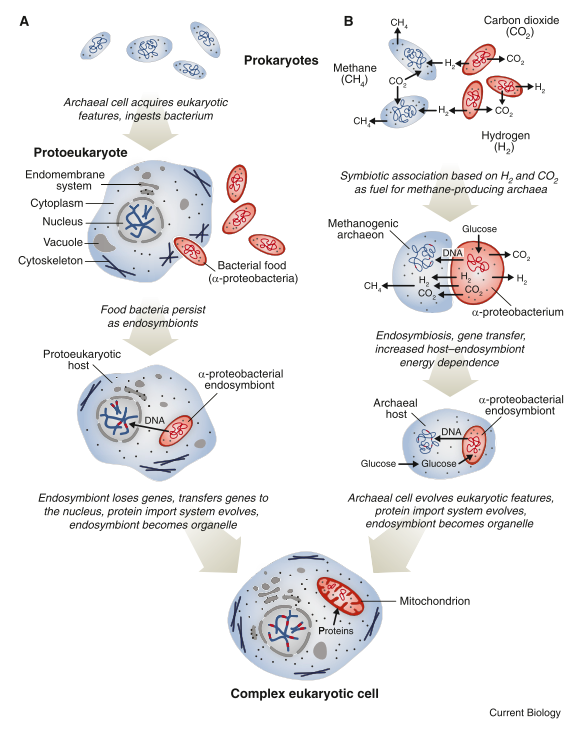In 1966, Lynn Margulis published her famous paper “On the origin of mitosing cells”. Bringing the theory of the endosymbiotic origin of organelles to the scientific community. Advance in molecular biology in the 1970’s brought evidence and the fact that mitochondria are derived from α-proteobacteria is now widely accepted. Many questions as to how endosymbiosis occured still remains. Notably the debate between late and early symbiogenesis and around the hydrogen hypothesis of Martin and Muller still rages on.

In this context, this week we discuss an new paper by the lab of Peter G. Schultz out of Scripps. “Engineering yeast endosymbionts as a step toward the evolution of mitochondria“. What if we could recreate one of the endosymbiosis scenario in the laboratory, with easily modifiable model organisms? This is why Angad Metha et al. managed here, engineering a strain of the yeast S. cerevisiae that is reliant on endosymbiotic E. coli to produce ATP from non-fermentable substrate such as E. coli. By adding an ADP/ATP translocase, they are able to make E. coli complement a strain with a non-functional COX2 enzyme, an essential part of the respiratory electron transport chain of mitochondria.
Reading this paper was a lot of fun. It is the kind of project that seems a bit too crazy to be true at first, but apparently it worked!
Further reading:
- Mehta, A. P., Supekova, L., Chen, J.-H., Pestonjamasp, K., Webster, P., Ko, Y., … Schultz, P. G. (2018). Engineering yeast endosymbionts as a step toward the evolution of mitochondria. Proceedings of the National Academy of Sciences, 115(46), 11796–11801. https://doi.org/10.1073/pnas.1813143115
- Archibald, J. M. (2015). Endosymbiosis and eukaryotic cell evolution. Current Biology, 25(19), R911–R921. https://doi.org/10.1016/j.cub.2015.07.055
- Embley, T. M., & Martin, W. (2006). Eukaryotic evolution, changes and challenges. Nature, 440(7084), 623–630. https://doi.org/10.1038/nature04546
